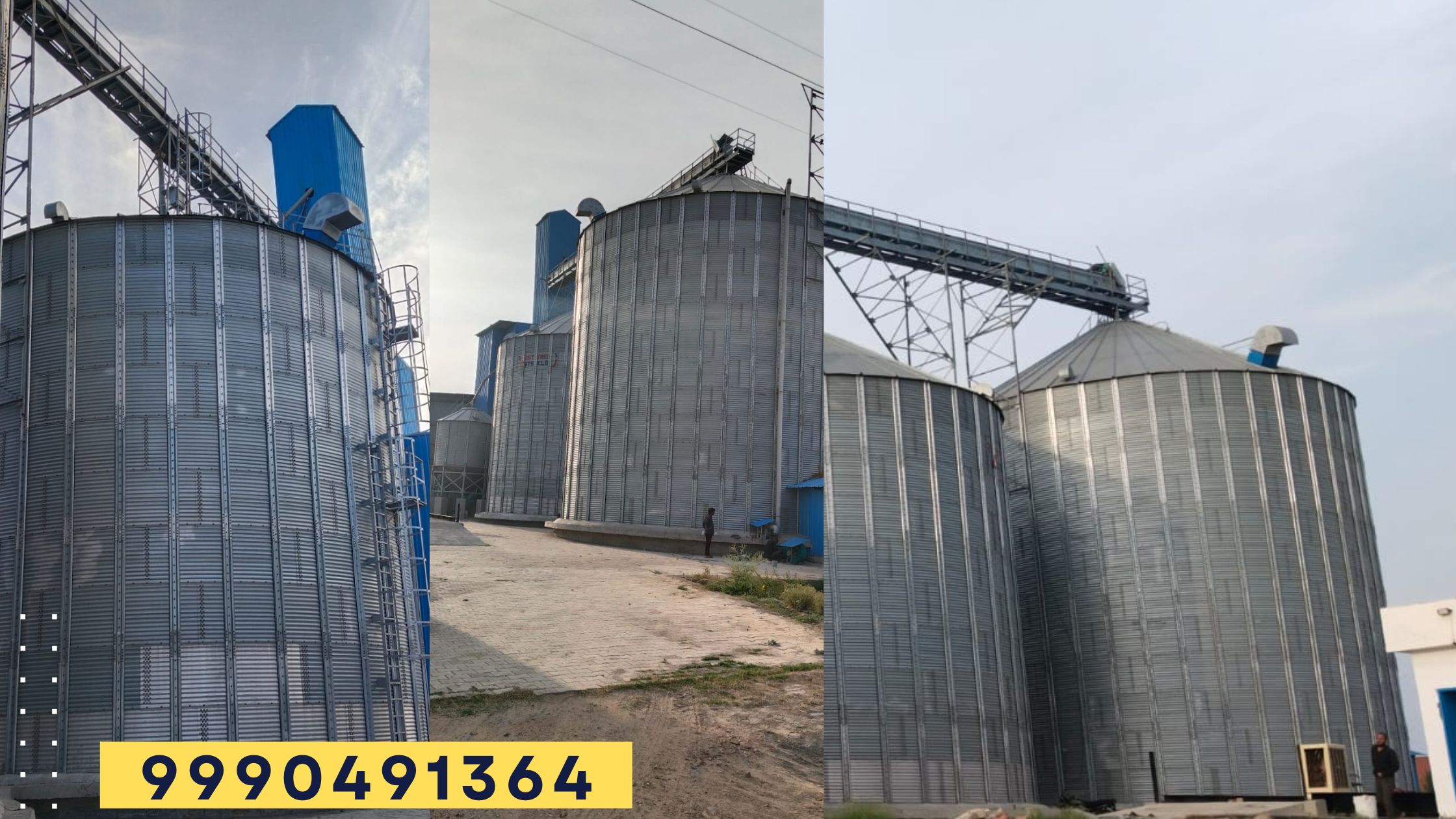As summer Grain Storage approaches, ensuring the optimal conditions for stored grain becomes paramount for farmers and grain storage facilities alike.
To safeguard your investment and maintain grain quality during the warmer months, it’s essential to implement effective strategies endorsed by leading silo technology companies.
Here’s a comprehensive guide to maximizing summer Grain Storage, featuring insights from top industry experts:
Monitoring Grain Temperature in summer Grain Storage
Ken Hellevang, an agricultural engineer at North Dakota State University Extension Service, emphasizes the importance of keeping stored grain cool during summer. Regularly measure and record grain temperature at various locations within the storage facility. Utilize temperature sensors for accurate monitoring, bearing in mind that grain temperature variations may occur throughout the storage space.
Preventing Insect Infestations and Mold Growth
Insects and mold thrive in warm, moist environments. Regular inspection every two weeks is crucial to detect early signs of infestation. Employ insect traps and white material to monitor insect activity. Maintaining grain temperatures below 70°F suppresses insect reproduction and activity, while temperatures below 60°F significantly reduce their activity.
Utilizing Aeration Systems
Proper aeration is key to cooling stored grain. Ensure aeration fans are covered to prevent warm air infiltration. Operate fans strategically during cool mornings to cool the grain near the surface without warming the bottom layers excessively. Avoid running fans excessively to prevent potential storage issues.
Enhancing Bin Roof Ventilation
Solar energy on bin roofs can increase the temperature above the stored grain. Implement effective ventilation systems to mitigate heat buildup. Natural ventilation via eave and peak openings facilitates airflow, expelling heated air and drawing in cooler air. Roof exhaust fans, controlled by thermostats, further aid in regulating bin temperature.
Managing Moisture Content
Verify that grain moisture content aligns with recommended levels for long-term storage. Adjust moisture content readings for grain temperature accuracy. Higher moisture content increases the risk of mold growth, especially in warm conditions. Regularly check and adjust moisture levels to maintain grain quality.
Understanding Storage Time
Grain storage life depends on moisture content and temperature. As temperature increases, allowable storage time decreases significantly. Monitor both factors closely to optimize storage duration and preserve grain quality. Remember, storage time is cumulative, emphasizing the importance of consistent monitoring throughout the storage period.
Incorporating these strategies endorsed by leading silo technology companies ensures optimal grain storage conditions during the summer months. By prioritizing cooling, ventilation, moisture management, and regular monitoring, farmers and grain storage facilities can safeguard their investments and preserve grain quality effectively.
For cutting-edge solutions and expert guidance on summer Grain Storage, consult reputable silo technology companies like Silo-Tmos , dedicated to revolutionizing grain storage practices and maximizing agricultural productivity.
Read more…… Visit Our Official Website………Click Here…….

